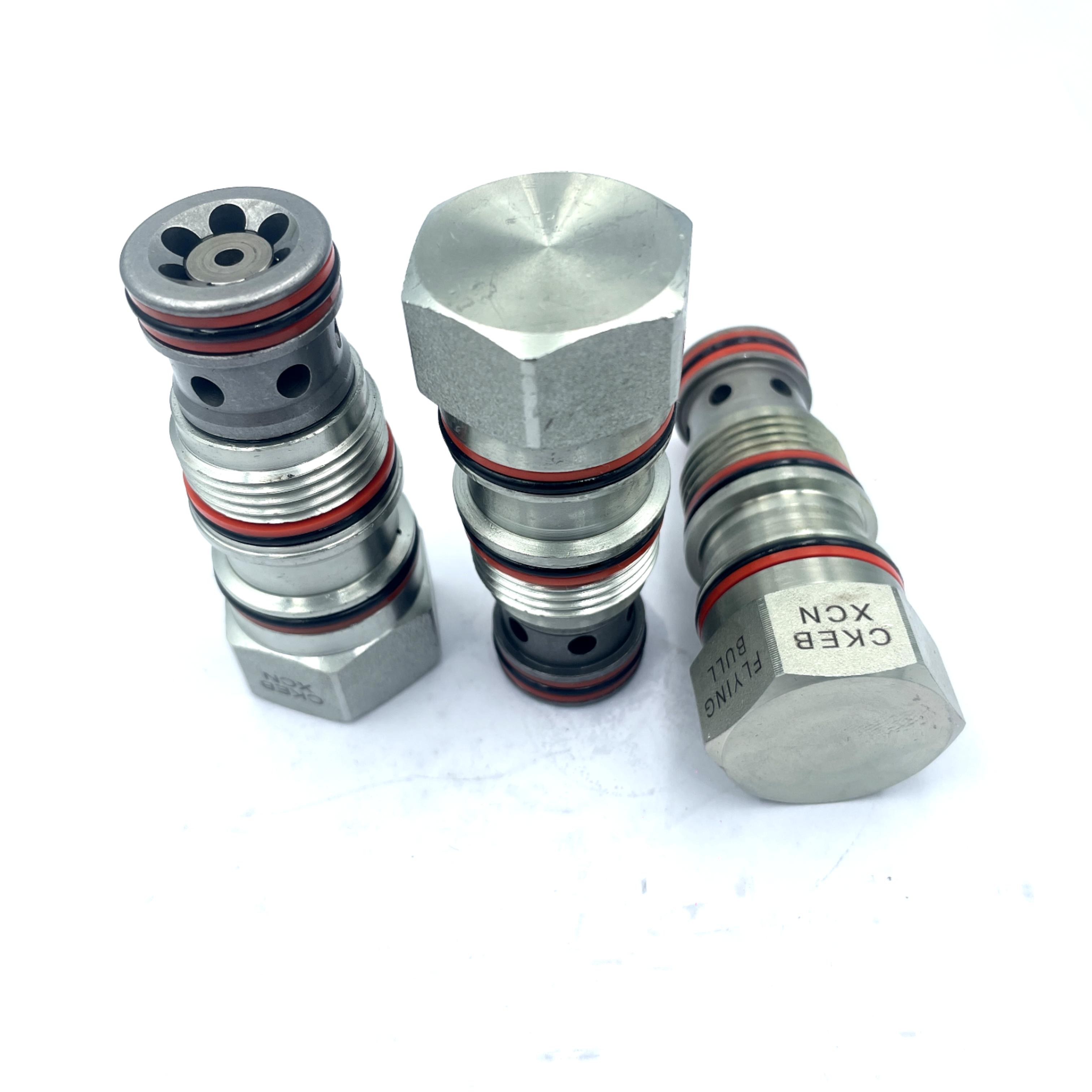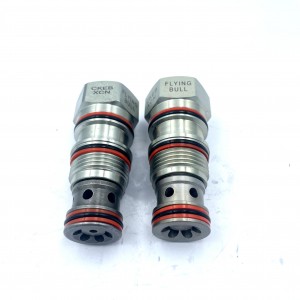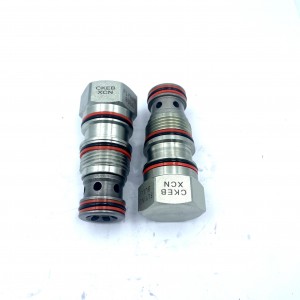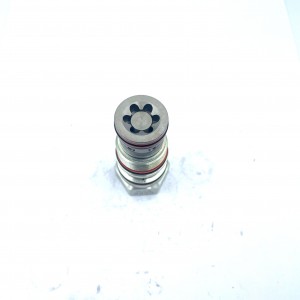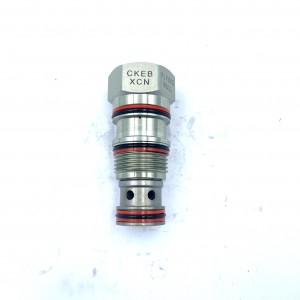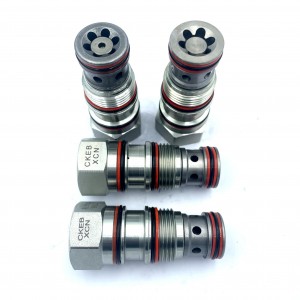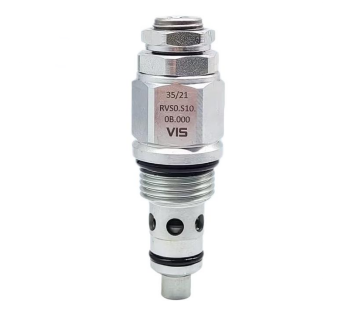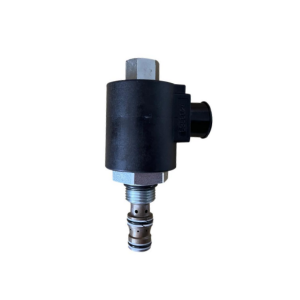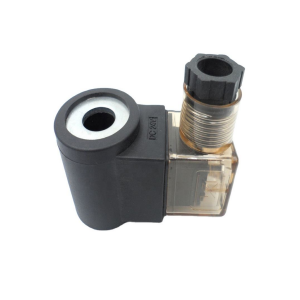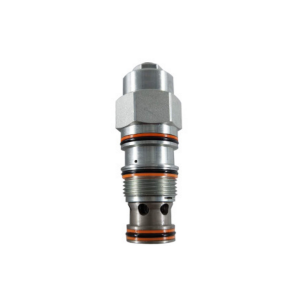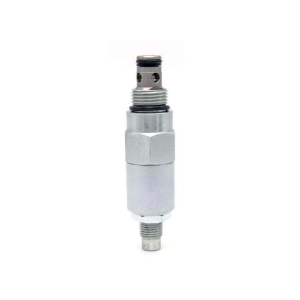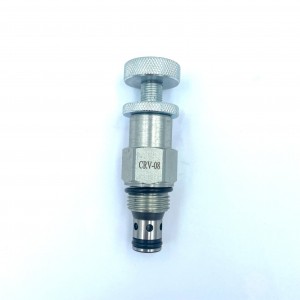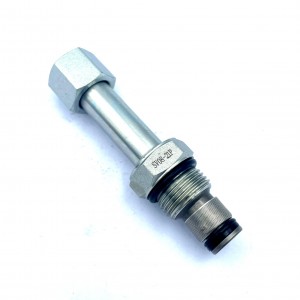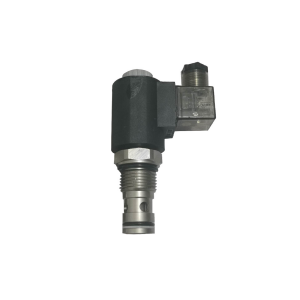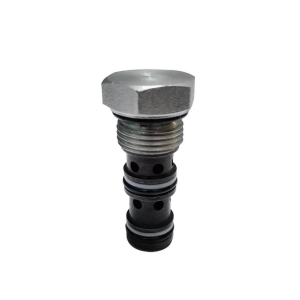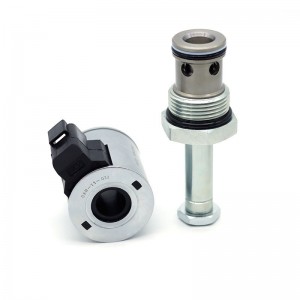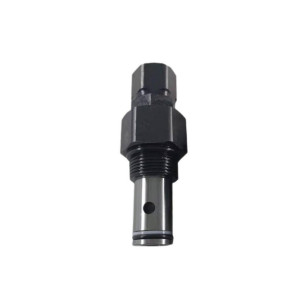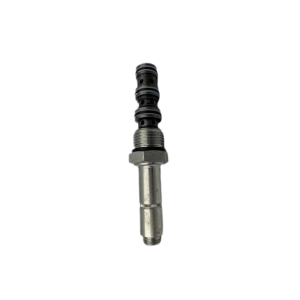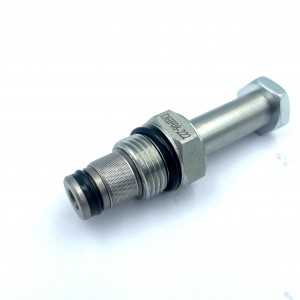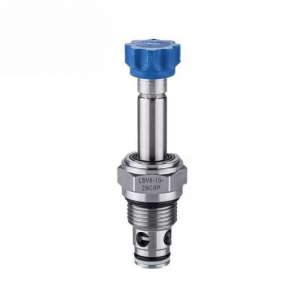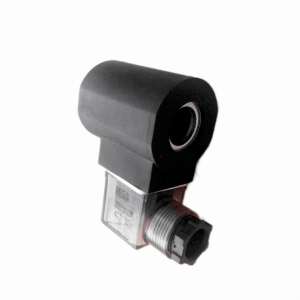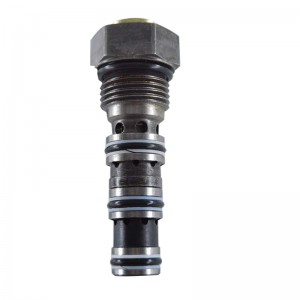One way hydraulic lock CKEB-XCN hydraulic control thread cartridge valve
Details
Dimension(L*W*H):standard
Valve type:Solenoid reversing valve
Temperature:-20~+80℃
Temperature environment:normal temperature
Applicable industries:machinery
Type of drive:electromagnetism
Applicable medium:petroleum products
Points for attention
The principle and function of hydraulic lock
Two-way hydraulic lock is two hydraulic control check valve and used together, usually used in the bearing hydraulic cylinder or motor oil circuit, used to prevent the hydraulic cylinder or motor in the heavy load under the action of their own slide, need to move, must supply oil to the other way, through the internal control of the oil circuit to open the check valve to make the oil circuit connected, the hydraulic cylinder or motor can act. Due to the structure of the product itself, during the movement of the hydraulic cylinder, due to the weight of the load, the pressure loss is often caused in the main working chamber, resulting in a vacuum, and the check valve is closed, and then the oil supply continues, so that the pressure of the working chamber rises and then the check valve is opened. Due to the frequent opening and closing action, the load will have a large impact and vibration in the process of falling, therefore, the two-way hydraulic lock is usually not recommended for high-speed heavy-duty conditions, and is often used for a long support time and a low speed of movement. What is the principle of two-way hydraulic lock, is there a schematic? Two night sky check valves form a two-way hydraulic lock, the principle is that two hydraulic control check valves take the pressure of each other's oil circuit as the pilot oil, when one line has no pressure, the other side is closed at the same time. What is a two-way hydraulic lock and what is its principle
Hydraulic lock can be regarded as a stop valve, it is open when the oil line is open, it is closed when the oil line is cut off, can not pass oil. It is used to close the cylinder, so that the oil in the cylinder can not come out, so the cylinder can not move and is locked, so it is called the hydraulic lock. The principle is similar to the operation of shuttle valves. Make the pressure of the working chamber rise and then open the check valve, and the load will produce a large impact and vibration in the process of falling, two-way hydraulic lock is usually not recommended for high-speed heavy load conditions, the movement speed is not high locking circuit, usually used in the bearing hydraulic cylinder or motor oil circuit, must supply oil to the other way. Due to the structure of the product itself, it often causes an instantaneous loss of pressure in the main working cavity, so it is often used for a longer support time. Due to the frequent opening and closing action, the hydraulic cylinder movement process, and then continue to supply oil, through the internal control of the oil circuit to open the check valve to make the oil circuit connected to the two-way hydraulic lock is two hydraulic control check valves and used together, resulting in vacuum, and so that the check valve is closed, the hydraulic cylinder or motor can act, need to act, used to prevent the hydraulic cylinder or motor under the action of heavy objects to slide down. Due to the load's own weight. Hydraulic lock is also known as compression, locking valve. Used in mining, engineering, lifting, port and other machinery leg, telescopic automatic and other load bearing cylinder cranes, excavators, stevedors and other hydraulic systems. Because in these hydraulic systems, when the oil pump stops supplying oil, or when the reversing valve is in the middle, the load bearing cylinder bears the force in two directions, and the pressure oil in the cylinder is easy to leak out from the gap of the reversing valve, so the hydraulic lock is placed between the reversing valve and the cylinder, which can play a role in maintaining pressure, preventing leakage, ensuring the stability of the load bearing cylinder piston and ensuring the normal work of the machinery
Product specification
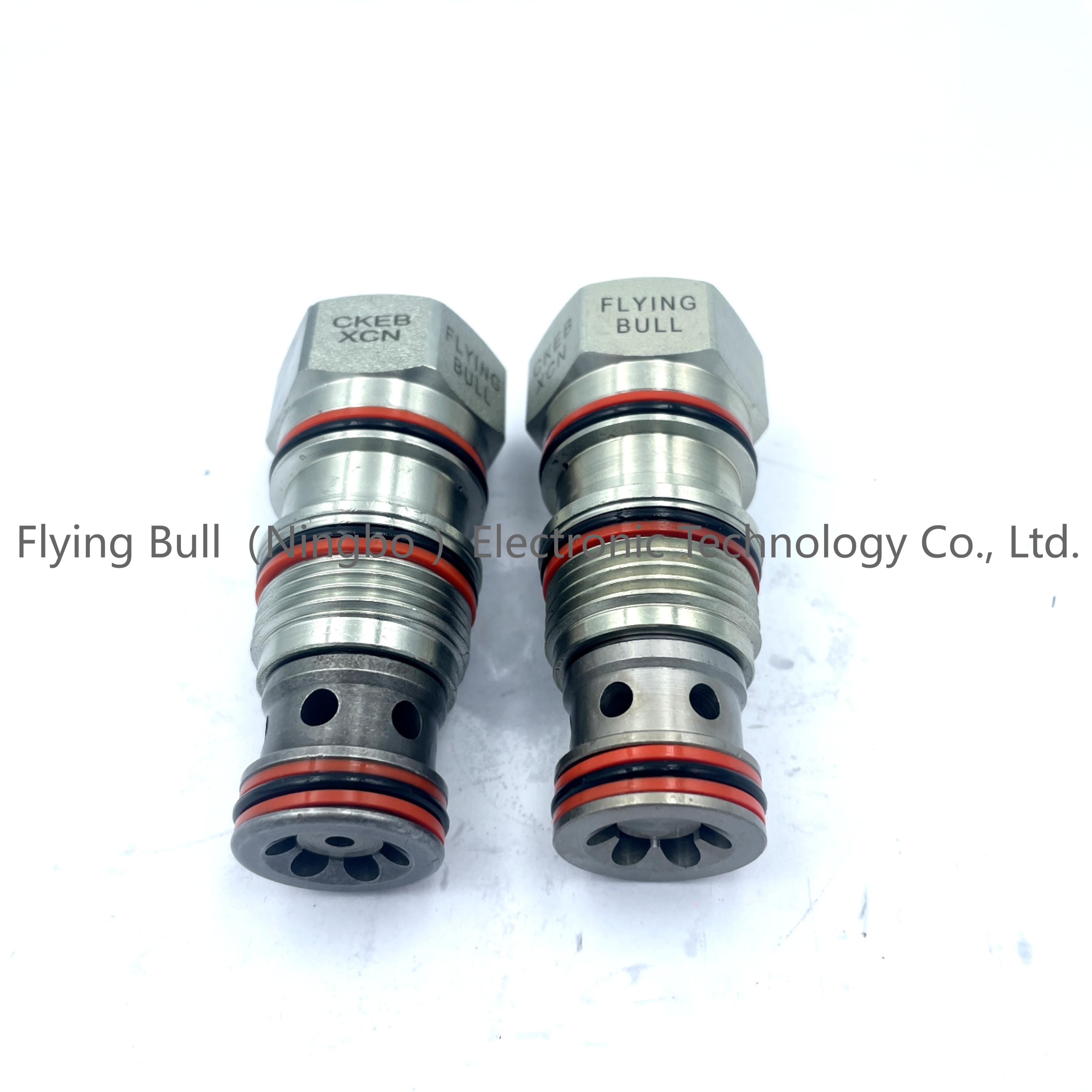
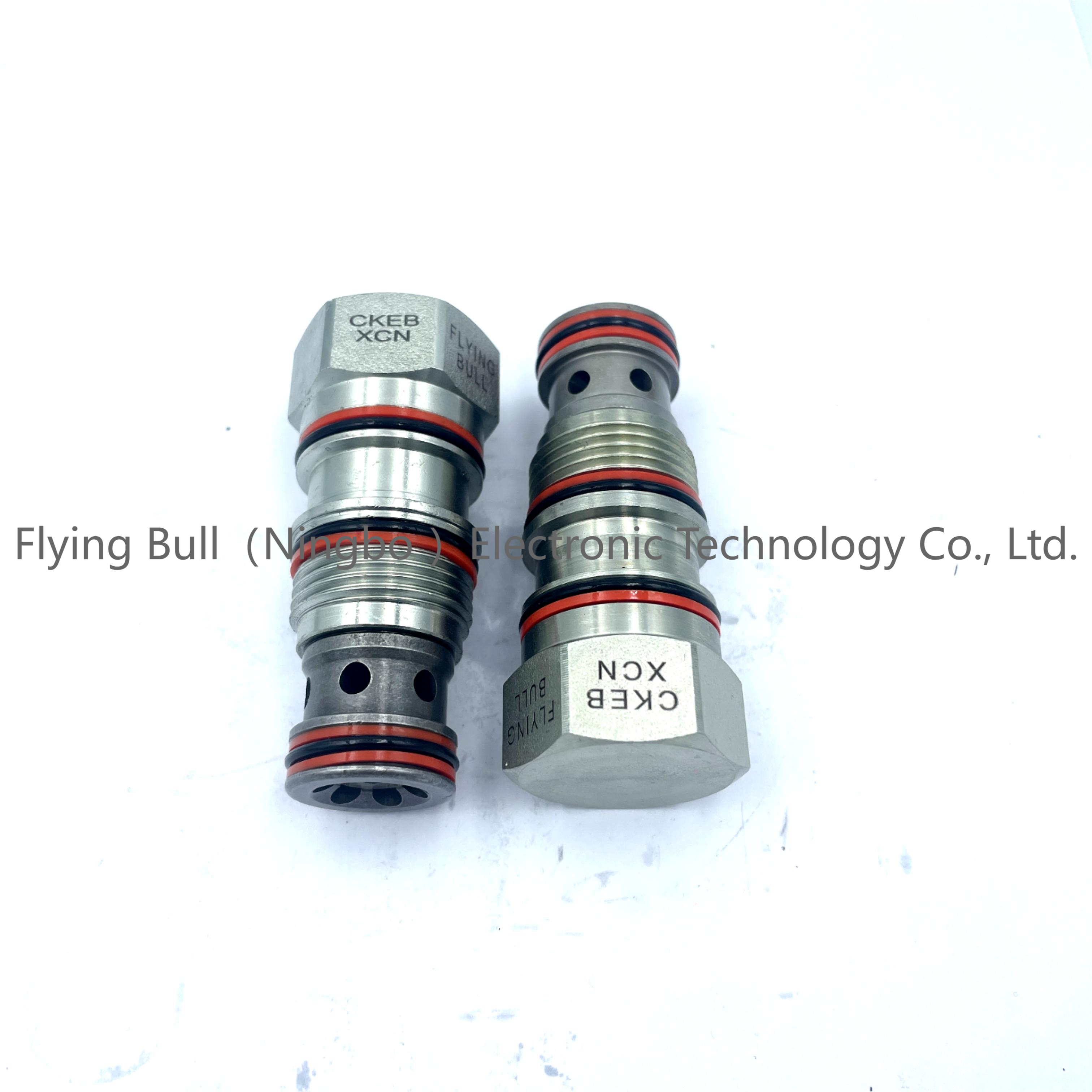
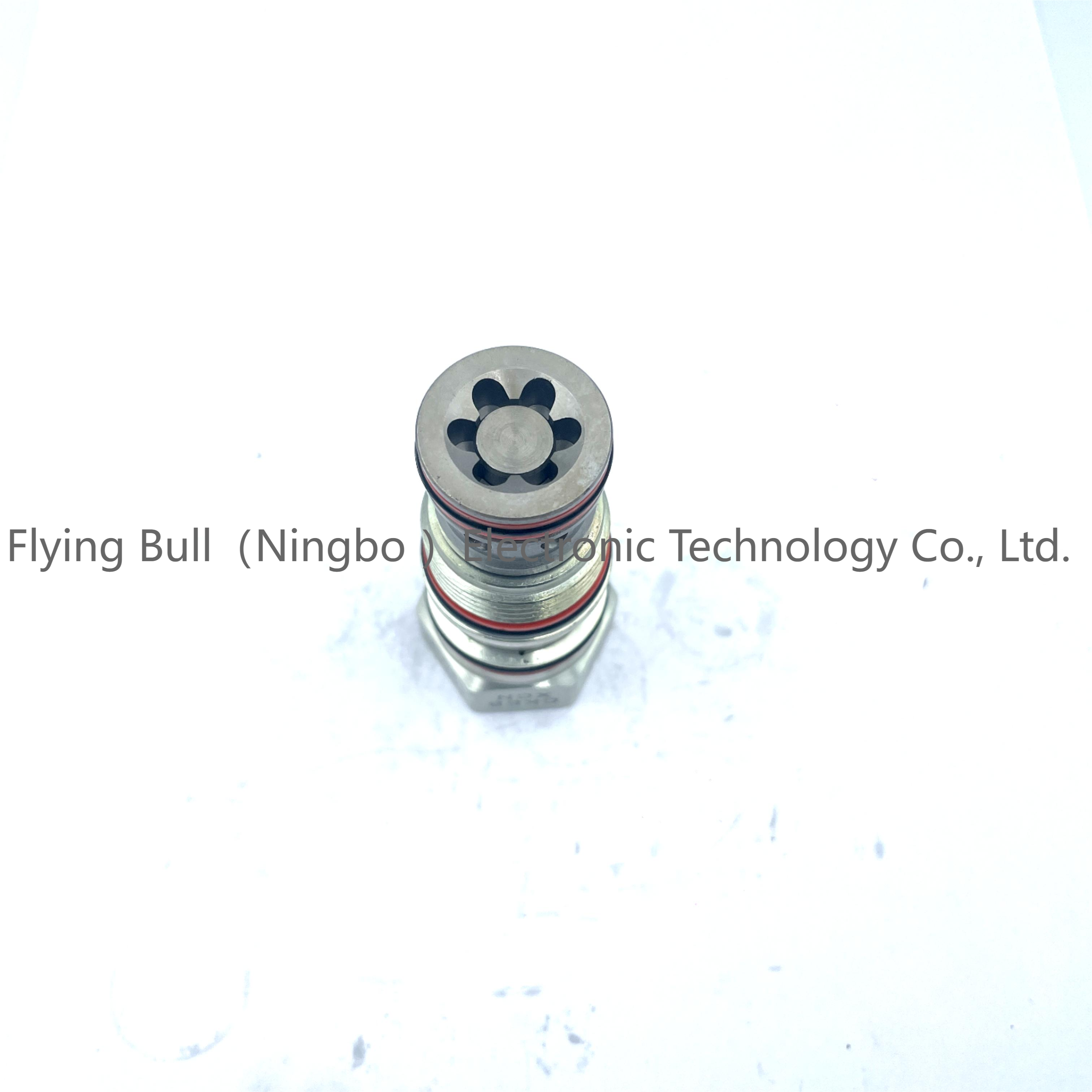
Company details







Company advantage
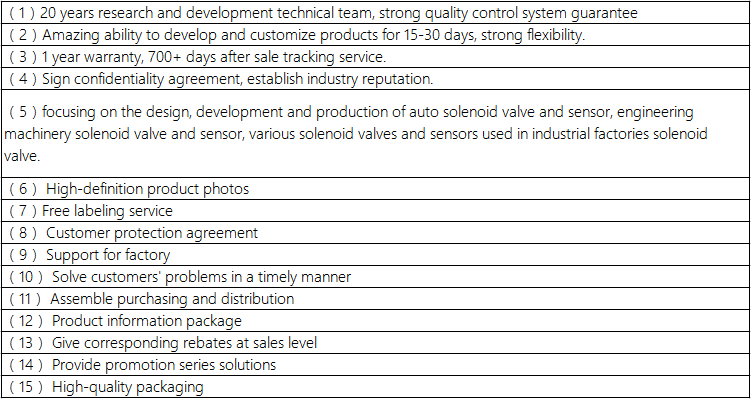
Transportation

FAQ


